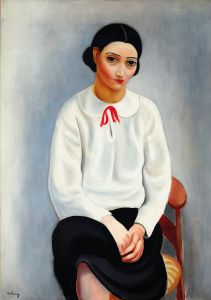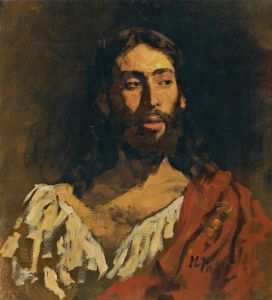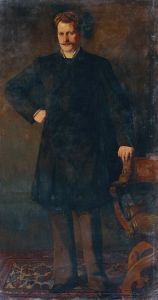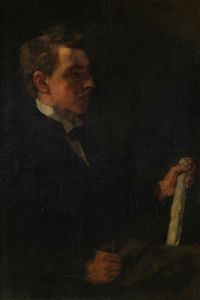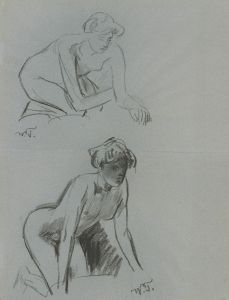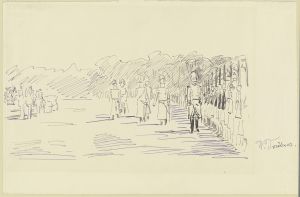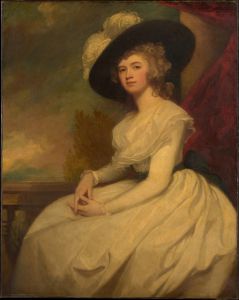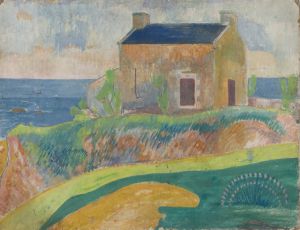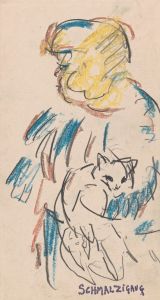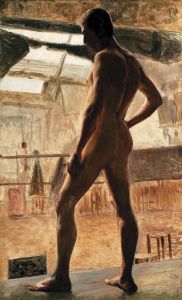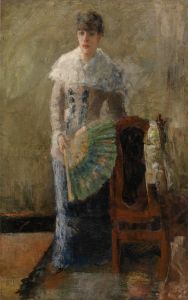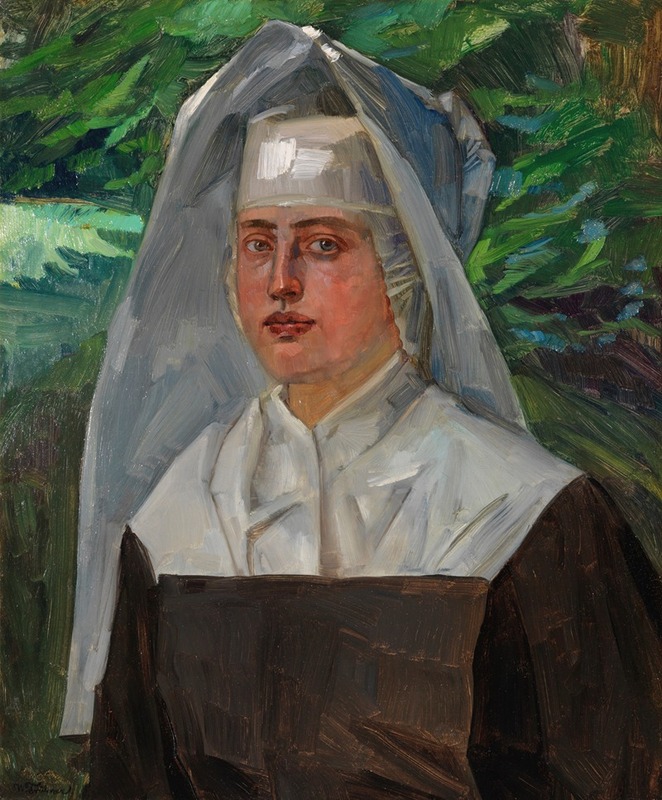
Schwester Ferdinande
A hand-painted replica of Wilhelm Trübner’s masterpiece Schwester Ferdinande, meticulously crafted by professional artists to capture the true essence of the original. Each piece is created with museum-quality canvas and rare mineral pigments, carefully painted by experienced artists with delicate brushstrokes and rich, layered colors to perfectly recreate the texture of the original artwork. Unlike machine-printed reproductions, this hand-painted version brings the painting to life, infused with the artist’s emotions and skill in every stroke. Whether for personal collection or home decoration, it instantly elevates the artistic atmosphere of any space.
Wilhelm Trübner (1851-1917) was a German realist painter associated with the Munich Secession, a movement that sought to break away from the traditional academic art of the time. One of his notable works is "Schwester Ferdinande," which translates to "Sister Ferdinande." This painting is a significant example of Trübner's skill in portraiture and his ability to capture the essence of his subjects with a realistic and detailed approach.
"Schwester Ferdinande" depicts a nun, presumably named Ferdinande, dressed in a traditional habit. The painting is characterized by its meticulous attention to detail, particularly in the rendering of the fabric and the subtle play of light and shadow on the subject's face and clothing. Trübner's use of color and texture adds depth to the portrait, making the figure appear lifelike and three-dimensional.
The painting reflects Trübner's interest in realism and his commitment to portraying his subjects with honesty and precision. Unlike the idealized representations common in academic art, Trübner's work often focused on the true nature of his subjects, capturing their individuality and personality. This approach aligns with the broader goals of the Munich Secession, which aimed to promote artistic freedom and innovation.
Trübner was influenced by the works of the Old Masters, particularly the Dutch and Flemish painters of the 17th century. This influence is evident in "Schwester Ferdinande," where the careful attention to detail and the realistic portrayal of the subject echo the techniques of artists like Rembrandt and Vermeer. Trübner's ability to blend these traditional techniques with a modern sensibility helped to establish his reputation as a leading figure in the German realist movement.
The painting is also notable for its composition and use of space. Trübner places the figure of Sister Ferdinande against a simple, dark background, which serves to highlight her presence and draw the viewer's attention to her face and expression. This compositional choice creates a sense of intimacy and immediacy, allowing the viewer to connect with the subject on a personal level.
"Schwester Ferdinande" is housed in the Neue Pinakothek in Munich, Germany, which is home to an extensive collection of 19th-century art. The museum's collection includes works by many of Trübner's contemporaries, as well as pieces by earlier artists who influenced his work. The inclusion of "Schwester Ferdinande" in this collection underscores its importance as a representative example of Trübner's artistry and his contribution to the realist movement.
In summary, "Schwester Ferdinande" by Wilhelm Trübner is a masterful portrait that exemplifies the artist's commitment to realism and his ability to capture the essence of his subjects. Through its detailed rendering, thoughtful composition, and lifelike portrayal, the painting stands as a testament to Trübner's skill and his place within the broader context of 19th-century German art.





